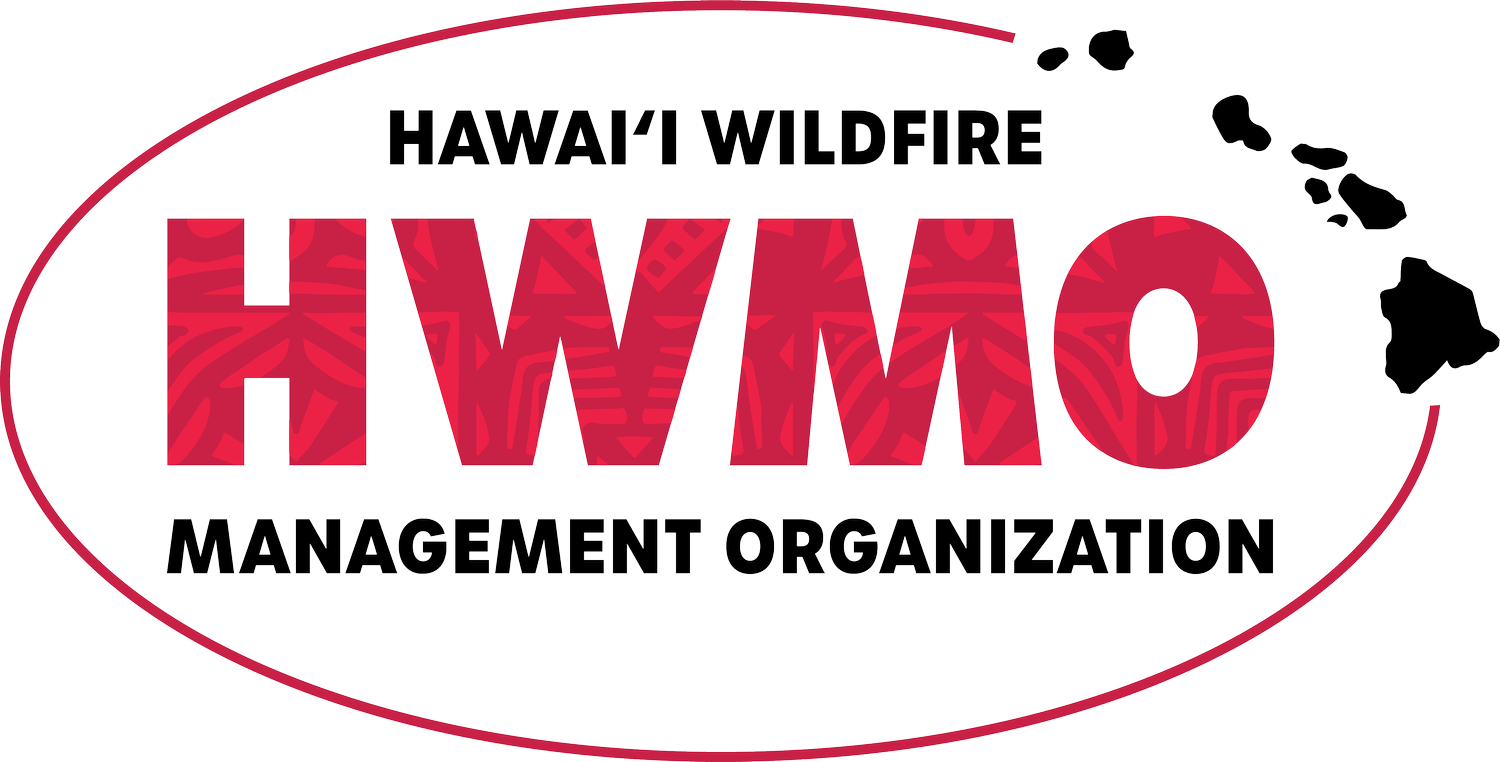Risk of 'Megafires' to Increase as Climate Warms
Scientists, using new imaging technology aboard two NASA satellites, predict that indeed a warming planet will lead to...more 'megafires.' With more and longer drought periods predicted for Hawaii on both the wet and dry sides, our islands will also most likely experience an increase in wildfire occurrence and severity as the climate changes.
Projected changes in the number of days exceeding the 93rd percentile of the Fire Weather Index (FWI) by the mid 21st century (2041-2070) under a high emissions scenario (RCP8.5). Dark red shading indicates the largest increases, while the pale green hows small decreases. Red triangles and blue dots show recent extreme wildfire events as per previous figure. Source: Bowman et al. (2017)
"Recent research shows that the number of days wildfires are likely to burn each year is increasing as global temperatures rise. And the new study finds that extreme wildfires are likely to become more widespread in future, Bowman says:
'Climate change projections suggest that the geographic footprint of dangerous fire weather is likely to expand globally.'"
"The findings make a compelling case that adds to the mounting evidence on the increasing risk of wildfires, adds Giglio:
'Clearly on the current path we can expect a greater risk of extreme fires in much of the world. The outlook for the western United States is particularly worrying.'
While the publication of this study on the anniversary of Black Tuesday is a 'fortuitous coincidence', says Bowman, it highlights that the combination of cities surrounded by flammable forests and increasing wildfire risk 'will lead to more fire disasters'.







